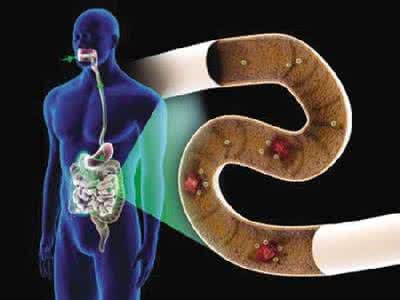Symptoms of eating waxberry allergy
summary
In general, eating bayberry will not cause allergy, but a small number of people with allergic constitution will have allergic reaction when using bayberry. Generally speaking, the allergic reaction site of bayberry is the skin on the body surface or the mucous membrane of oral cavity and gastrointestinal tract. It can cause sneezing, tears, skin itching, swelling, wheezing, chest tightness, shortness of breath, wheezing and so on. In severe cases, it can also lead to laryngeal edema, anaphylactic shock and even death.
Symptoms of eating waxberry allergy
Fruit allergy symptoms are generally mild, mouth redness, rash, peeling, skin itching, tongue numbness, commonly known as "fruit rash". Some people will also have some nausea, vomiting, headache, dizziness and other symptoms, abdominal pain, diarrhea is also allergic symptoms. Fruit allergy can also cause asthma, especially in children, food allergy is often one of the main causes of allergic asthma. Children under 3 years old have a high risk of allergy. With the increase of age, tolerance gradually increases, and food allergy gradually decreases.

1. Myrica rubra is a beneficial fruit for warming and tonifying. It is hot in nature, can promote blood circulation, disperse cold, relieve menstrual pain, and has obvious improvement effect on Kidney Yang weakness. However, infectious diseases should avoid fire, and Myrica rubra is extremely hot, which is not conducive to the recovery of inflammation. Do not eat Myrica rubra when you have diarrhea. 2. After eating bayberry, you should gargle or brush your teeth in time to avoid damaging your teeth.

3. Myrica rubra has a certain stimulating effect on gastric mucosa, so patients with ulcer disease should be careful to eat. 4. Diabetic patients avoid eating bayberry, so as not to cause high blood sugar.

matters needing attention
If you suspect that you are allergic to red bayberry, you can go to the hospital to do a prick test to see if you are allergic to this kind of red bayberry. You can also use a special preparation containing allergic food, dilute the concentration, and then gradually increase the dosage to see whether the patient can tolerate it. If there is no reaction, it means that the patient has tolerated the allergen, that is, desensitization.
















